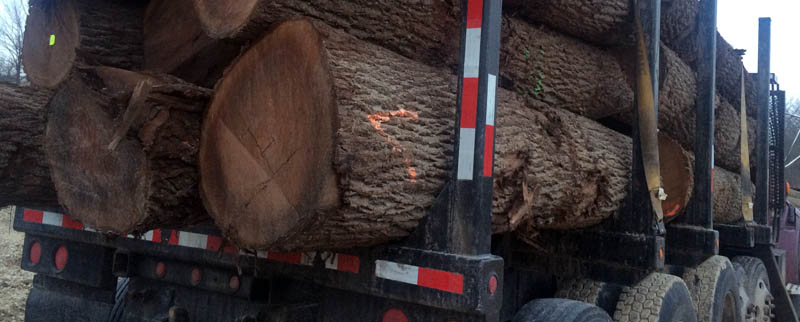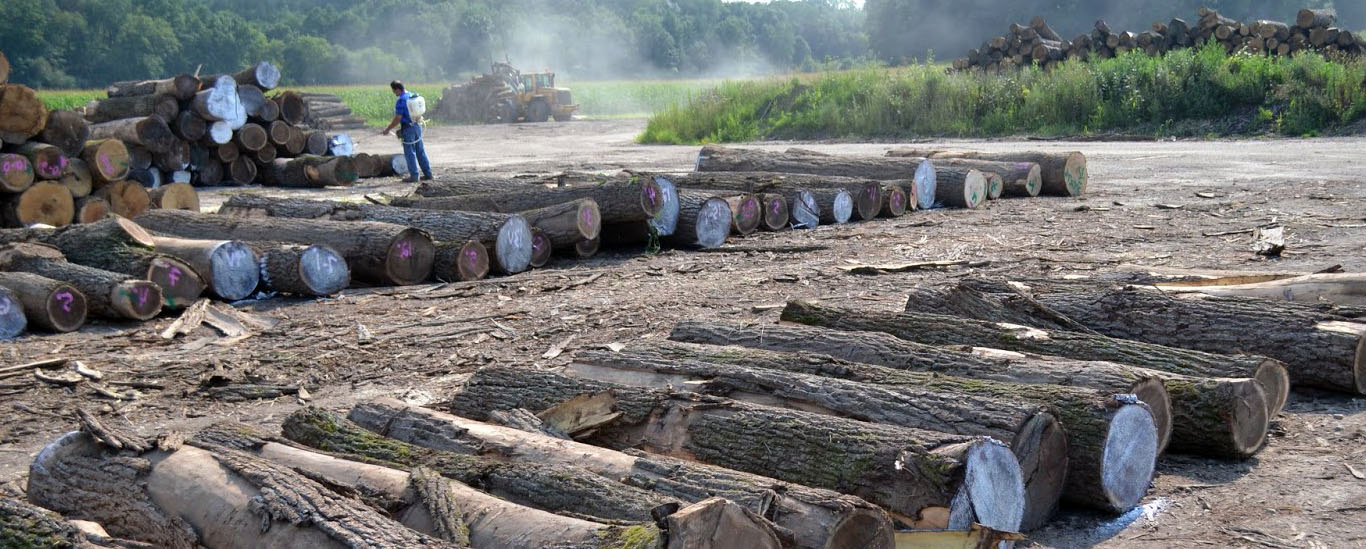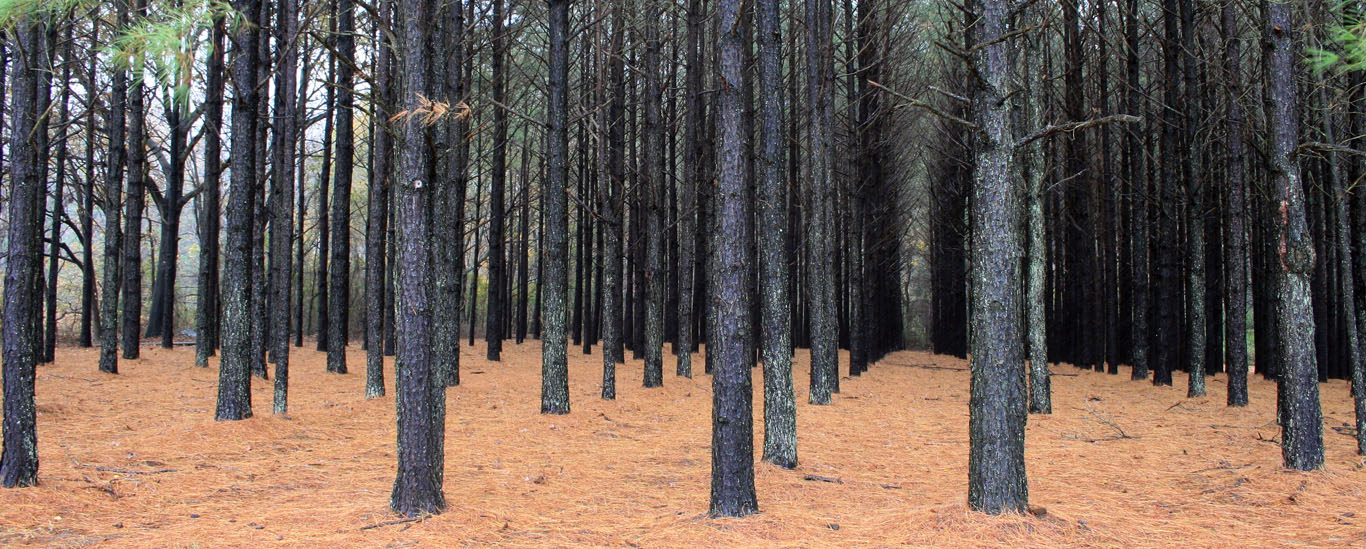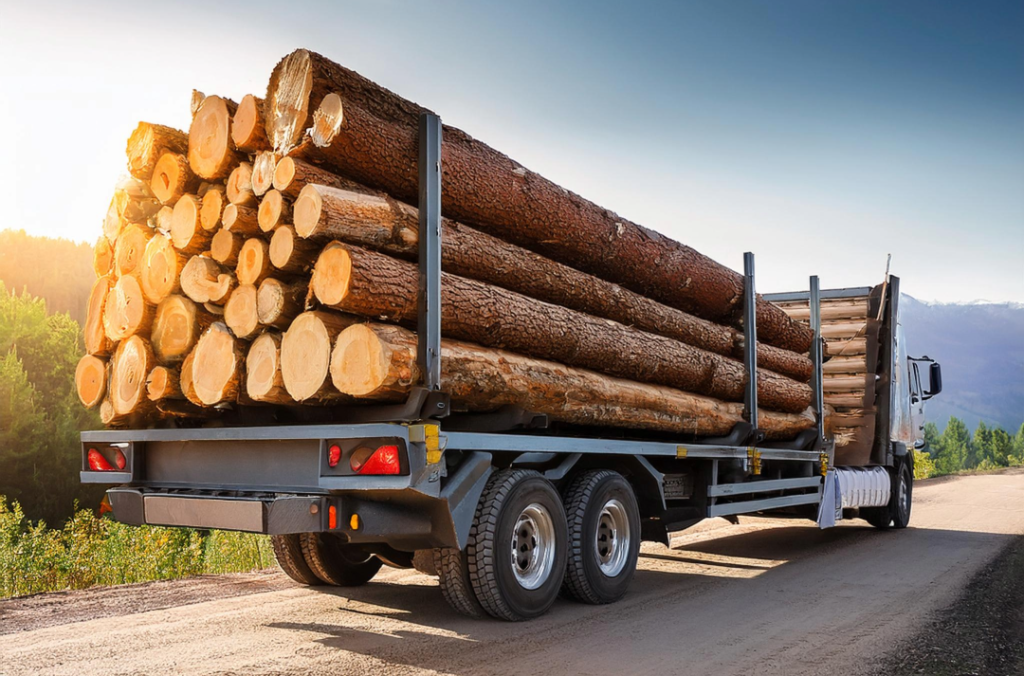Our Commitment to Responsible Logging
At Timber Works, our logging company follows the highest industry standards for forest harvesting and timber harvest operations. We ensure every logging activity we conduct minimizes environmental impact while maximizing long-term value for your woodland.
By committing to modern logging practices, we help preserve forest ecosystems and enhance the future value of your timber investment.
Highly Competitive Timber Pricing
Customized Harvest Planning
We help landowners build a detailed timber harvest plan tailored to their goals. While many lumbering operations may encourage cutting trees prematurely, we take a different approach.
At Timber Works, our focus is on long-term relationships — not rushed tree removal decisions. We only recommend harvesting trees that are mature and truly ready.
If you want to balance profit with forest health, our responsible logging strategy is the right way to manage your timber
Sustainable Forest Management
Good forest management boosts your return on investment. It also opens up space in the canopy. That gives young trees room to grow. As a result, these trees can gain volume quickly in the years after harvest.
A well-managed forest can be harvested many times without harming its health. In fact, thinning trees in the right way improves growth and carbon absorption.
Similarly, properly managed, a stand of timber can be harvested again and again without negatively impacting its health. Thinning a forest in this manner actually improves the rate of growth and carbon sequestration potential of the stand.
Silviculture for Long-Term Productivity
Logging isn’t just about removing trees — it’s about planning for the future. We aim to become your trusted long-term forest management partner by creating plans that allow for regular logging cycles over the life of your woodland.
Good forest management boosts your return on investment. It also opens up space in the canopy, giving young trees room to grow. As a result, they gain volume quickly after each logging event.
A well-managed forest can support repeated tree cutting without harming ecosystem health. In fact, selective thinning improves growth rates and enhances carbon absorption.
Similarly, properly managed stands can be timber extraction multiple times without degradation. Thoughtful logging techniques improve both growth and carbon sequestration potential.
Low Impact Logging
Our trained loggers work hard to ensure a low impact harvest. Our logging crews are experts at maintaining a clean, orderly site and preventing damage such as soil erosion during the timber harvest. If necessary, we even reseed logging roads upon harvest completion.
Timber Works offers a full variety of felling operations and forest management services including reforestation and habitat restoration.
Logging Process
Whether conducting the assessment or completing the logging process, Timber Works strives to inform and educate our customer throughout the entire process.
If you’re curious and want a better idea of what will take place at a standing timber assessment, take a look at our blog articles Estimating Standing Timber Volume and Estimating Standing Timber Value. These blogs explain the process of measuring and grading standing timber and shed some light on the process we go through to determine its value.

Logging FAQ
Answers to the most common questions landowners have when considering choosing a logging company to harvest their standing timber.

Log Brokering
Timber Works is actively seeking markets for our saw logs, veneer and other forest products. Click here if your firm is looking for logs.

Reforestation Services
Improve, expand or change the composition of your timber.

